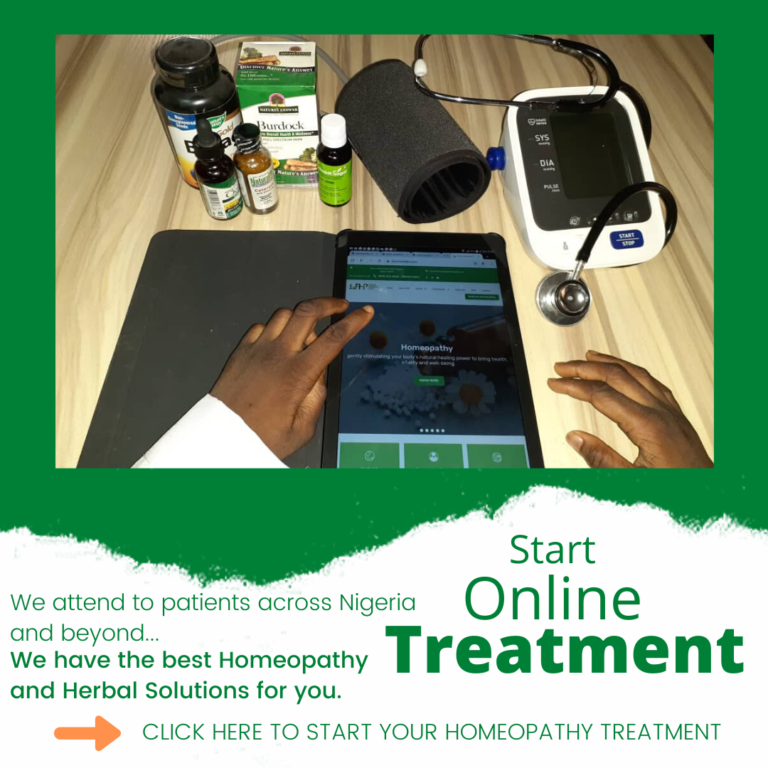Heart Attack, Cardiac Arrest & Stroke may probably sound familiar to us but people often get confused between them. With that in mind, there is need to flesh out the differences between these conditions, including the symptoms and risk factors you should know about.
What’s the difference between a Heart attack, Cardiac arrest and Stroke?
Heart Attack: this happens when one of the main arteries of the heart gets blocked, causing the heart not to get enough blood flow. Heart attacks are almost always the result of progressive Coronary Artery Disease (CAD). In CAD, the arteries that supply blood to the heart become choked with fatty deposits called plaque, which narrows and blocks arteries. The condition is called atherosclerosis. When pieces of plaque break free, blood clots can form, blocking the flow of blood to the heart. When that happens, the heart muscle does not get the oxygen and nutrients that it needs, and parts of the heart may become damaged or die.
People who are suffering from a heart attack will typically have symptoms like chest pain or tightness that happens when they’re resting or exerting themselves.
Cardiac Arrest: is what happens when the heart stops beating due to some kind of malfunction. With cardiac arrest, people often just pass out. They may feel dizzy or light-headed and suddenly black out and the heart stops beating entirely. Once this happens, the person quickly lapse into unconsciousness and can die within minutes if the person don’t get help or treatment. Cardiac arrests can sometimes be caused by heart attacks.
Stroke : happens when the blood supply to the brain is interrupted, causing a part of the brain to die.
Stroke is similar to a heart attack, but it affects the blood vessels in the brain instead of the heart.There are two major types of strokes: Ischemic and Hemorrhagic. Ischemic is where a blood clot cuts off the supply of blood to an area of the brain while Hemorrhagic strokes happen when you have bleeding in the brain via a ruptured blood vessel.
Symptoms of a stroke typically include a sudden severe headache, sudden numbness or weakness; paralysis (of the face, arm, or legs), confusion or difficulty with speech, difficulty understanding people, loss of balance, and sudden vision changes.
Reducing Your Risks
While these are all different conditions, they share many of the same risk factors, including: Smoking, High Blood Pressure, High Cholesterol, Obesity, and Type 2 Diabetes.
However, for prevention measures, you must reduce your risks for Heart Attack, Cardic Arrest and Stroke by controlling your risk factors. This means making healthy lifestyle choices including • Quit smoking if you smoke • Eat a healthy diet • Get plenty of exercise • Control your high blood pressure, diabetes, and high cholesterol with super effective herbal supplements by talking to the herbalist in the house, Oluwafunmise, on 08028366901/08183554665


